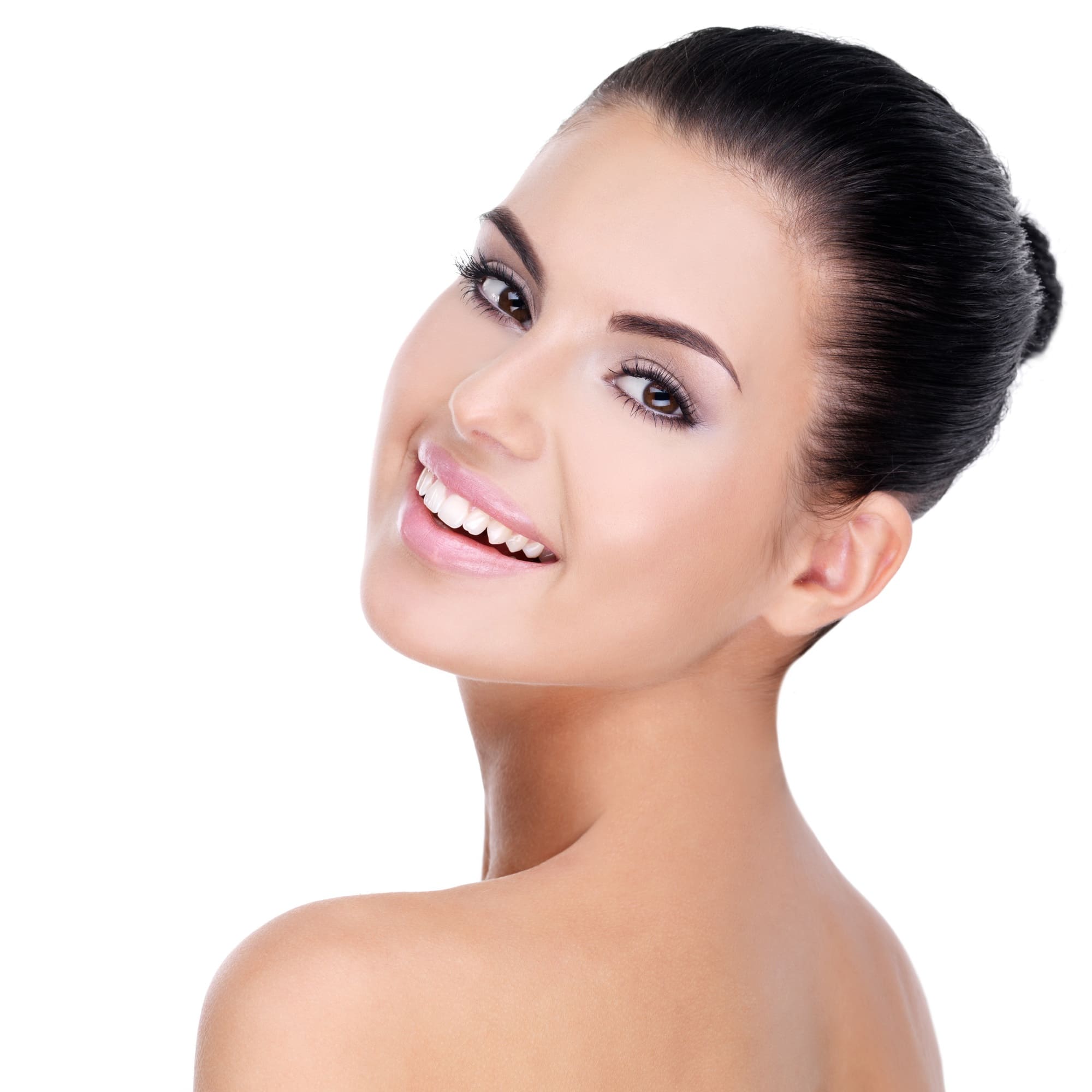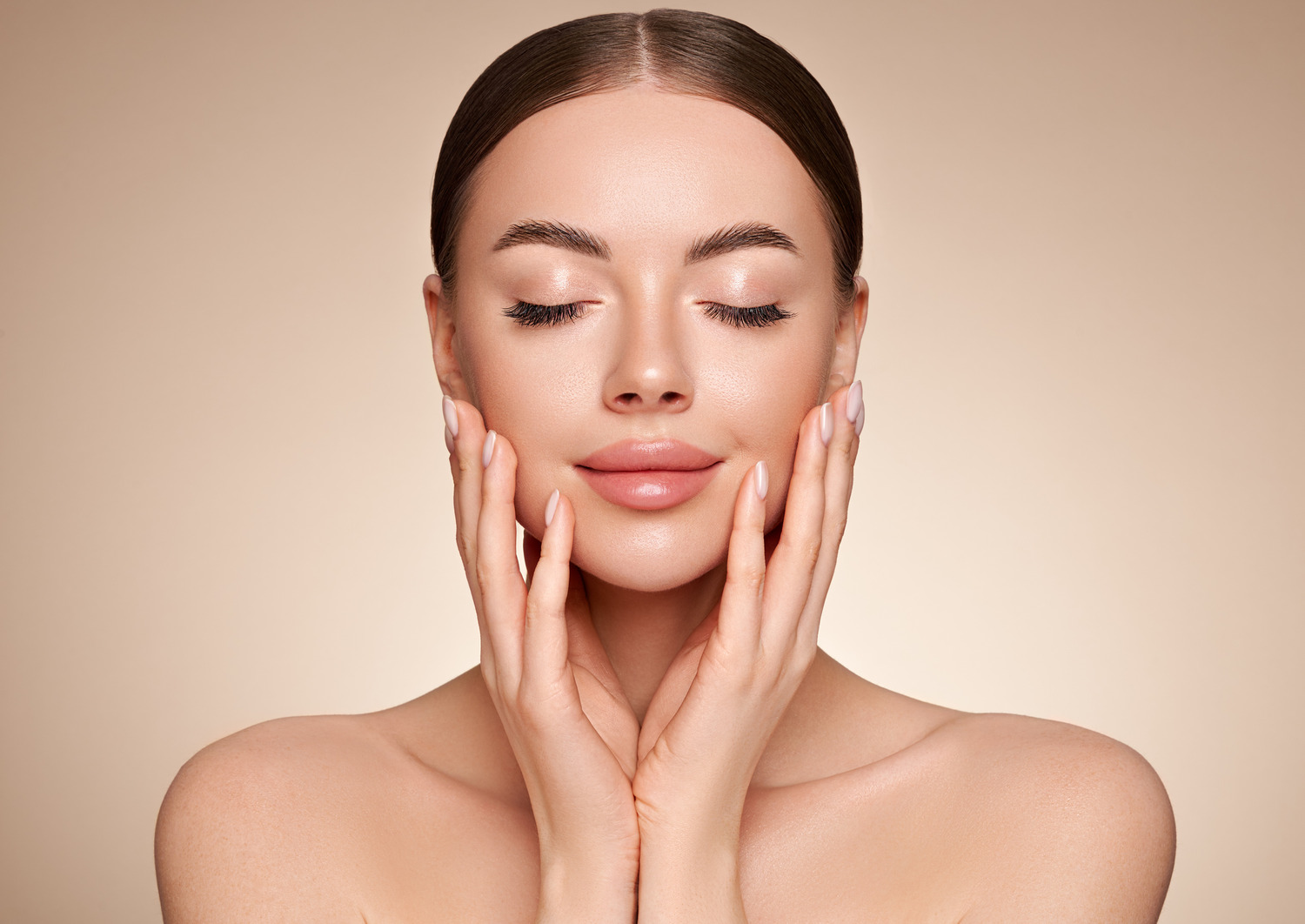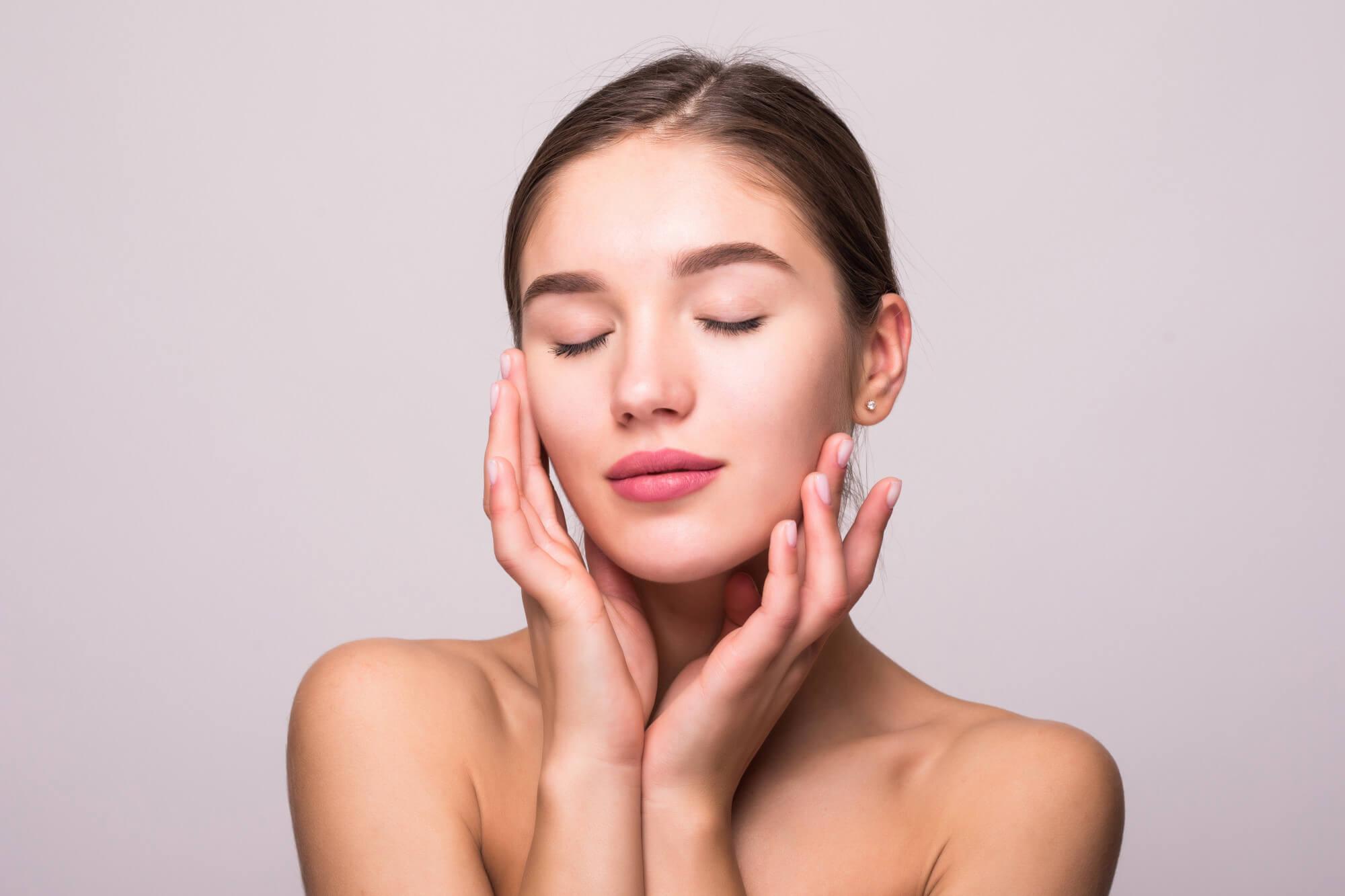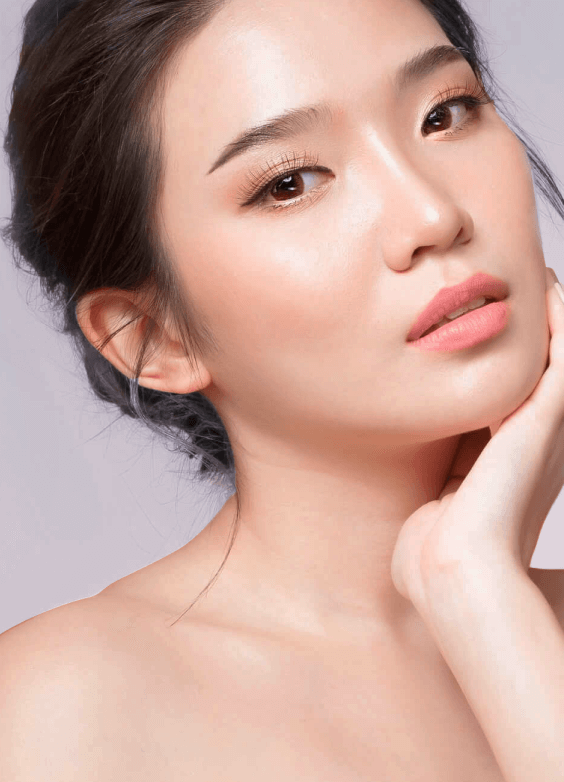Aesthetic Clinic In Singapore
Step into the world of aesthetic solutions built upon medical science where we integrate technology, artificial intelligence and complementary skincare to address the most common skin problems.
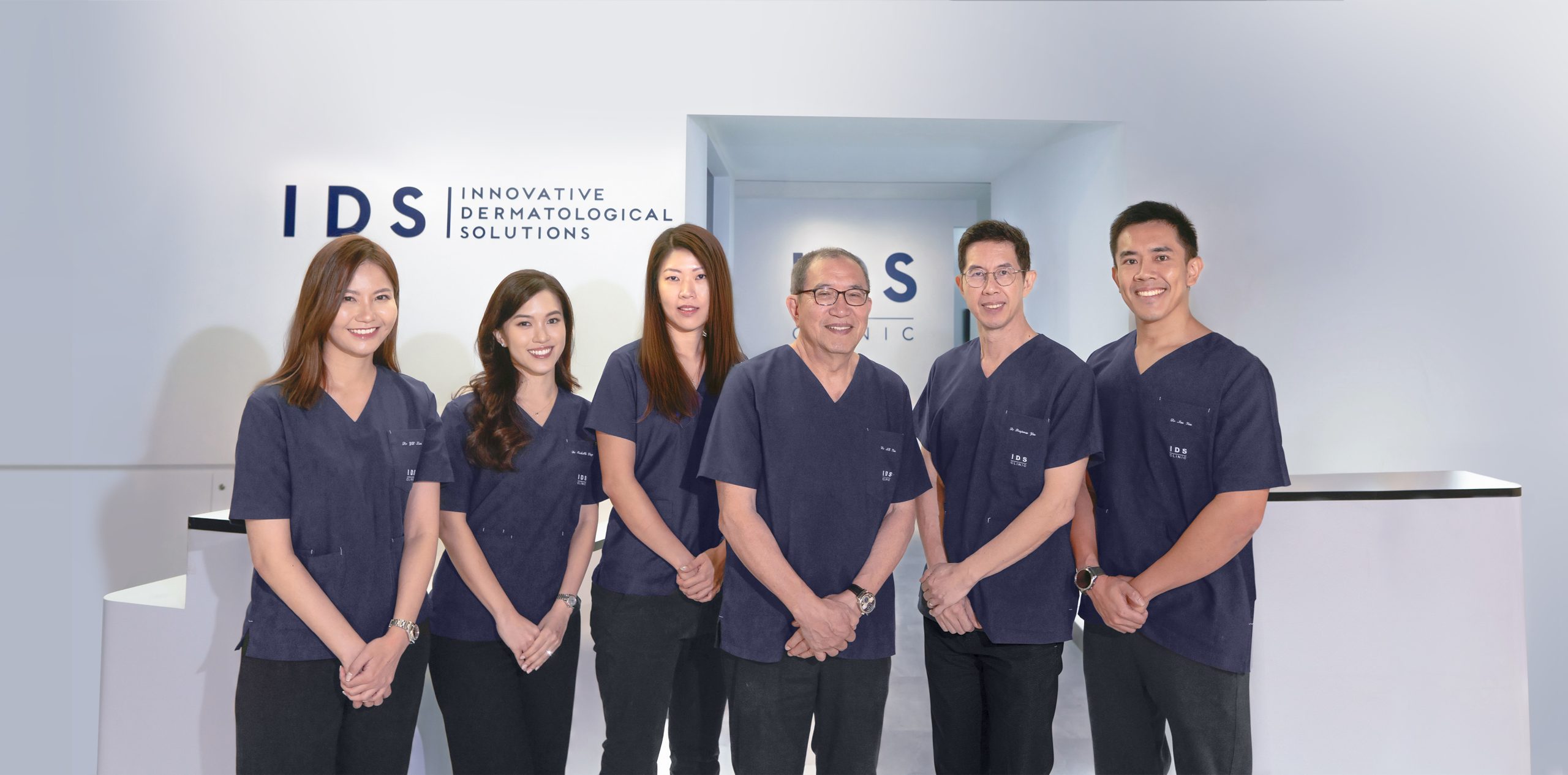
Where Medical Science
Meets Aesthetic Arts
UNCOVER – That’s a pretty scary word for most women. Because we’ve been taught that uncover means to put ourselves on the line. To bare all and be vulnerable instead of strong. To expose the parts that make us the most uncomfortable. Be gone with – Our Acne and Blemishes, Our Wobbly Parts and Fats, Our Deep Aged Lines and Wrinkles, Our Dull and Dark Patches.
The IDS Clinic is helmed by Dr SK Tan whose 40 years of clinical and research experience brings zeal and commitment to his customers. The clinic also offers products from IDS Skincare that are designed to address the most common skin problems and formulated to deliver maximum efficacy.
Opened in 2014, the clinic has been conceived with one end in mind – to offer innovative and effective treatments at affordable and reasonable prices, without sacrificing quality and professionalism.
Why IDS Clinic?
Our friendly doctors will find solutions tailored to you – be it through skincare and/or aesthetic procedures.
Friendly & Experienced Doctors
IDS Clinic is helmed by Dr SK Tan whose 40 years of clinical and research experience brings zeal and commitment to his customers.
Personalised & Effective Treatments
Our doctors listen to and communicate closely with their patients, offering personalised and effective treatments tailored to the individual's needs.
Convenient Location & Accessibility
We have 2 conveniently located clinics in Singapore, Novena Specialist Center and International Building.
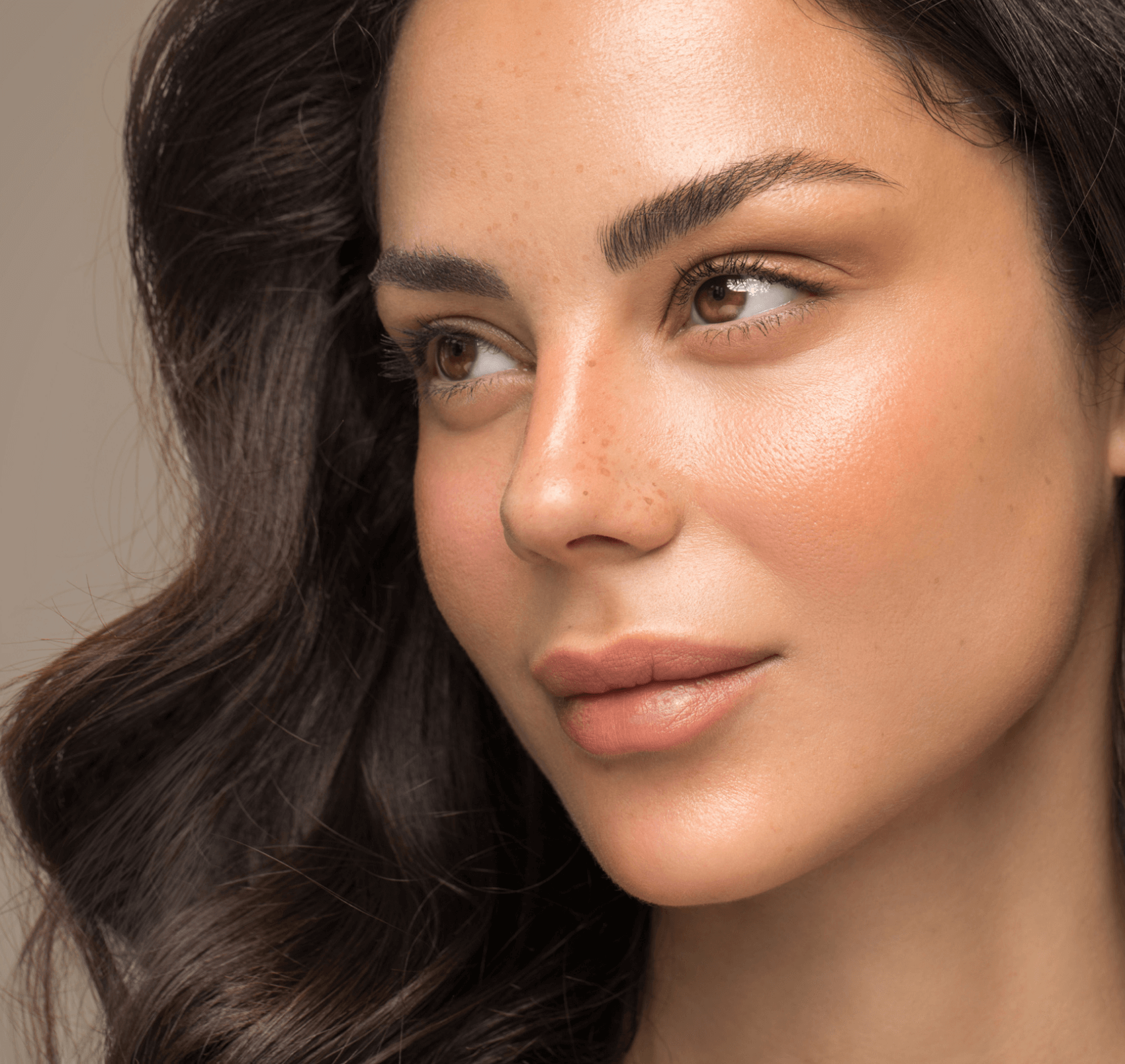
Common Conditions We Treat
start your journey today
The IDS Experience

Why IDS Clinic? Our expertise lies in a total approach where we treat every problem in a most efficacious way.
Our friendly doctors will find solutions tailored to you – be it through skincare and/or aesthetic procedures.Get To Know More About Skincare
SUCCESS CASES
*Due to MOH guidelines in Singapore, medical clinics cannot show before & after photos on their websites. However, we would be delighted to showcase our photographs and actual results during your in-clinic consultation with us.
We treat every problem in a
most efficacious way.
Step into the world of aesthetic solutions built upon medical science.Where we integrate technology, artificial intelligence and complementary skincare to address the most common skin problems.
Our Clinic Locations
-
Novena Specialist Center
8 Sinaran Drive, #05-09 to 10
Singapore 307470 -
International Building
360 Orchard Road
#02-02 International
Building, Singapore 238869

